Adventure games have seen a resurgence of popularity over the past few years. Much of the credit belongs to Telltale Games for titles such as The Walking Dead Seasons One and Two, The Wolf Among Us, and most recently, Tales from the Borderlands. Services like Steam and GOG play a role by letting players relive classics, such as the King’s Quest series, on new computers without jumping through hoops to ensure smooth performance. Despite the ease of access and the pique in interest, one adventure game had eluded all of these services. Trying to get it running yourself took way more work than most felt comfortable attempting to perform. At long last, after 17 years of waiting, Grim Fandango makes its triumphant return to PC and debuts on PS4.
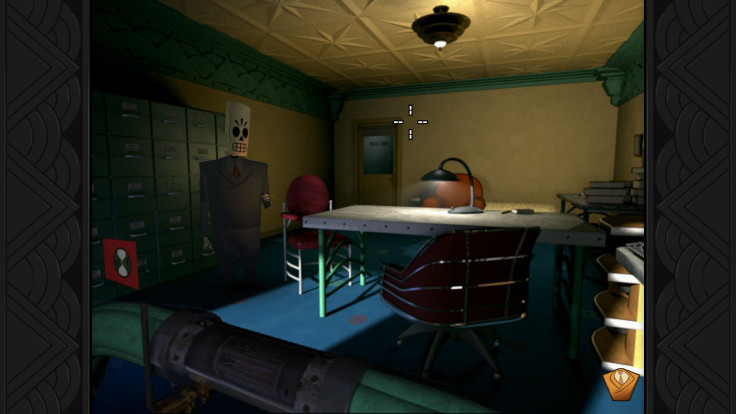
Due to how Grim Fandango’s odd programming tied to the hardware of pre-millenium computers, emulation was almost impossible. Truly dedicated gamers could find sophisticated workarounds, but most fans weren’t ready to manipulate clockspeeds on their PCs. It seemed that Grim Fandango might only be able to live on in the fond memories of those who played it.
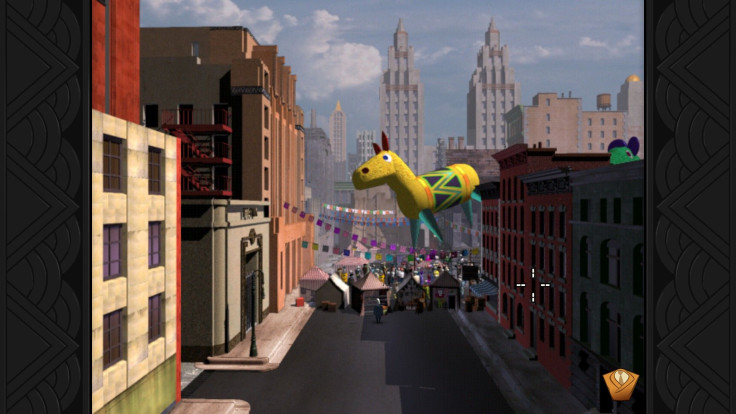
Fast forward to the Disney-LucasArts deal. After the sale of LucasArts, Intellectual Property rights to old LucasArts games were dusted off and re-examined. After the joint efforts of original designer Tim Schafer and Sony’s vice president of publisher and developer relations Adam Boyes to secure the rights again, Schafer’s studio Double Fine started off on Grim Fandango Remastered.
So, why is this adventure game so highly regarded? Grim Fandango is so original while still feeling familiar. It’s laugh-out-loud funny while still being a dramatic noir mystery. It’s one of those games that hit right as the industry demanded to be taken seriously, and proved exactly why.
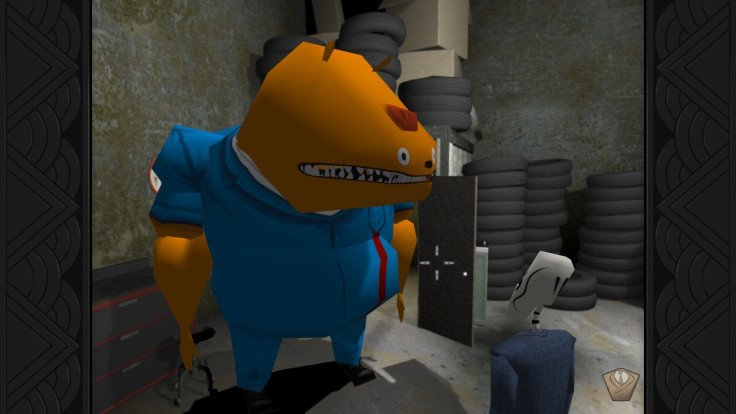
It should be noted that this is not a remake. No new character models, environments, and content. This is a remastering of an old game; a polishing-up of what was already made. The polish helps though, adding crispness to characters and dramatic lighting to scenes. Backgrounds have been re-rendered for a higher resolution. The biggest improvement of all is definitely the soundtrack. The Melbourne Symphony Orchestra recorded a full cover of the original Grim Fandango’s selection of moody jazz, bright mariachi, and bombastic big band songs.
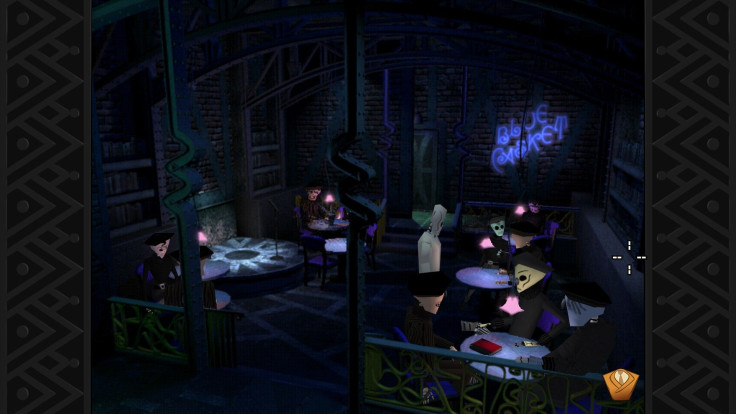

Dialogue is the ultimate highlight in Grim Fandango. The conversations are full of hilarious non-sequiturs and one-off lines. One of the best conversations is between Manny and a woman who just needs to vent to someone. As she starts rambling on and on, Manny’s dialogue options keep changing, with him interjecting every now and then with “yeah…” and “uh huh…”. The only way to actually progress through the conversation is to rudely interrupt, and hope you don’t get caught all the way back at the beginning of the story.
Gameplay is a mixed bag. The original control scheme of using the arrow keys on your keyboard to move around is still present, as is an added point-and-click style interface. While each control scheme works, I found myself having to jump between the two to fully explore areas. There were places I wanted Manny to walk to and clicking on them would result in him wandering off to somewhere else. So I’d have to hop back to my keyboard to force him to walk where I wanted. Other times, I would not be able to interact with a certain object even if I was standing directly in front of it. Then I’d have to hop back to my mouse controls to click on what I wanted Manny to mess around with.
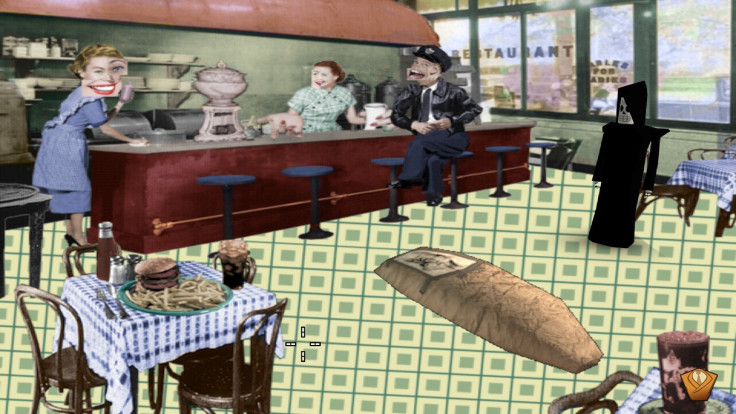
Keyboard controls also offered additional issues because as Manny moves around he jumps from one fixed camera angle to the next. Sometimes, holding the same directional arrow would result in Manny going the way you wanted him to. Other times will find you walking back and forth through doors or elevators because Manny has decided to switch directions on you.
Lastly, Grim Fandango also falls into the old adventure game trap of having puzzles with bizarre and near-impossible clues that are seemingly random bits of information that all get tied together. For example, in one instance Manny must print out a ticket stub for a racetrack. The clues to know which specific ticket stub to print are all out there, but are so loosely held together that I don’t know if I could have solved the puzzle without the help of a walkthrough.
Despite the technical and design issues, Grim Fandango being playable again more than makes up for some of the lesser issues. A game that’s been hyped to me for years by those lucky enough to have played it can sometimes get spoiled. However, even playing without the rose-tinted glasses of nostalgia, Grim Fandango is still worth experiencing. The story, the music, the dialogue and overall atmosphere and style more than hold up to today’s game offerings. The adventure classic is back, and it’s better than ever.


















